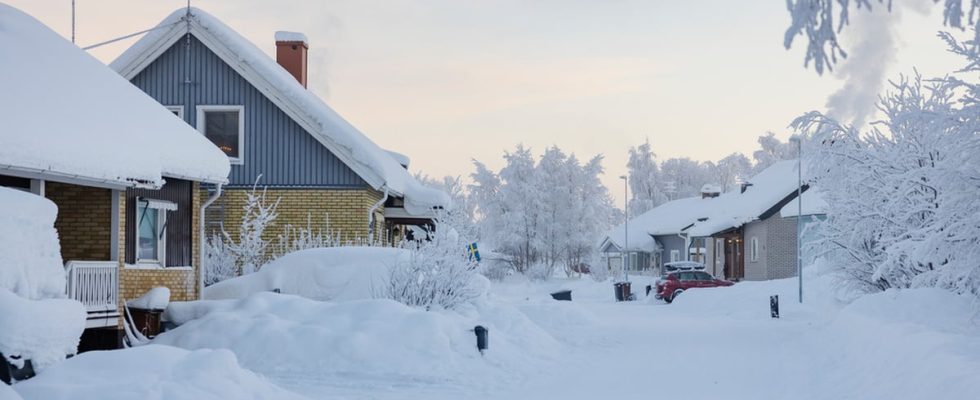Facts: Factors that set the electricity price
In addition to cold and weak winds, electricity prices are affected by disturbances in the system. It can be about stoppages in nuclear power reactors, icing problems for wind power and interruptions to important power transmission channels.
Last year’s significantly higher electricity prices than this winter were explained to a large extent, among other things, by a large structural loss of nuclear power in France as a result of major maintenance problems.
In Sweden, the production of power in reactor 2 at Forsmark’s nuclear power plant has been running at half speed for just over two weeks, due to problems with a generator. This problem will probably last until January 25, according to information available on the Nord Pool electricity exchange.
On top of the electricity price at Nord Pool, companies and households that use electricity also have to pay for the electricity company’s mark-up, electricity tax, VAT and grid charge – a total of over one kroner per kilowatt hour.
One factor that causes the electricity bill to rise in January for everyone with a variable electricity price is that December has so many days around Christmas and New Year where offices and factories cut back on operations, which greatly reduces the demand for electricity.
— But most of it depends, as usual, on how cold it gets and how much wind we get, says Christian Holtz.
The winds howl in the cold
When he sums up the price quotations for January so far and then looks at the forecasts ahead, he notes that it is significantly colder than in December – with a new cold wave this week that is expected to push the temperatures in the country below minus 30 in some places.
At the same time, the winds seem to be easing.
Already now, the January cold has meant that the power companies have gone harder than usual on their water reservoirs in the Nordic region, at the same time that the gas stocks down on the continent have begun to be used up at a faster rate to meet the heating needs.
— So there are the conditions for slightly higher electricity prices in January and maybe even February – although it will probably not be at the levels we had when it was at its worst last winter, says Holtz.
Highest prices in the north
In Monday’s electricity trade, the electricity price will rise on average to 98 öre per kilowatt hour in southern Sweden and 94 öre per kilowatt hour in northern Sweden in Monday’s electricity trade, according to pricing on the Nord Pool electricity exchange. This can be compared with prices that fluctuated between 60 and 80 öre this weekend and average prices in December around 70-80 öre.
In southern Sweden, the price situation is thus somewhat longer than what it looked like Monday-Friday last week. But in northern Sweden, these are the highest prices since the price shock on January 5, when the highest daily prices in over a year were recorded at Nord Pool – SEK 2.17 per kilowatt hour in southern Sweden and SEK 2.10 per kilowatt hour in northern Sweden.
